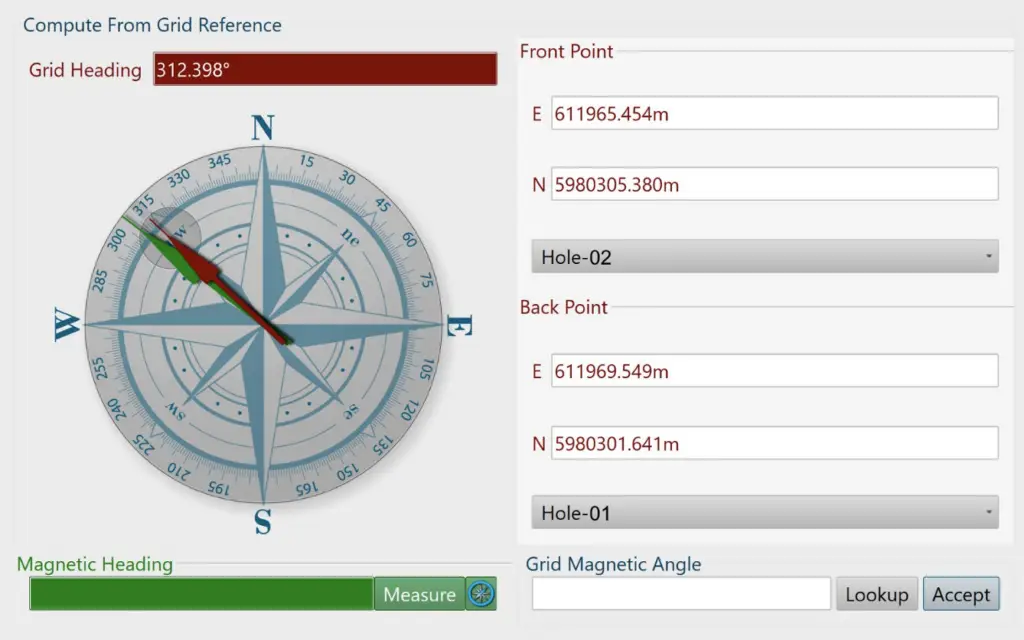Navigating or surveying accurately requires understanding the three primary reference points used to define direction: grid north, magnetic north, and true north. Each serves a distinct purpose in cartography, navigation, and orientation, and knowing their differences is essential for avoiding errors in navigation.
True north is the direction along the Earth’s surface that points toward the geographic North Pole, the fixed point where Earth’s axis of rotation meets its surface. This point is constant and does not change over time. True north serves as the ultimate reference point for global navigation and is used in astronomical and geodetic calculations. Maps typically indicate true north with a star symbol or a line pointing to the top of the map, aligning with the Earth’s meridians.
Magnetic north is the direction a magnetic compass needle points, aligning with Earth’s magnetic field. Unlike true north, magnetic north is not a fixed point; it shifts over time due to changes in Earth’s magnetic field, a phenomenon called magnetic drift. Magnetic north lies in the vicinity of Canada’s Arctic region and moves gradually. The angle between magnetic north and true north at a specific location is called magnetic declination. This declination must be accounted for when navigating with a compass, as it varies depending on where you are on the globe.

Grid north is the direction of the vertical lines (meridians) on a map’s grid system, such as those used in the Universal Transverse Mercator (UTM) or Military Grid Reference System (MGRS). Grid north aligns with the map’s coordinate system rather than true or magnetic north. Since the Earth is a sphere, projecting its surface onto a flat map introduces distortions, causing grid north to differ slightly from true north. This discrepancy, known as grid convergence, becomes more pronounced the farther one moves from the central meridian of the map projection.

When navigating, understanding the relationships among these three reference points is critical. The angular differences between them—magnetic declination (true north vs. magnetic north) and grid magnetic angle (grid north vs. magnetic north)—must be calculated and corrected to ensure accuracy. For example, when using a compass with a topographic map, navigators must adjust for magnetic declination to translate the magnetic compass reading to true north or grid north.

Within the NDEVR Engine, we support Grid Magnetic Angle adjustment. For magnetic sensors this can be done via the Calculation Page. On this page a reference grid angle is entered, and the magnetic angle can be measured. This difference is applied to the grid magnetic angle offset. Any magnetic readings will be automatically be adjusted to the new grid-magnetic heading.